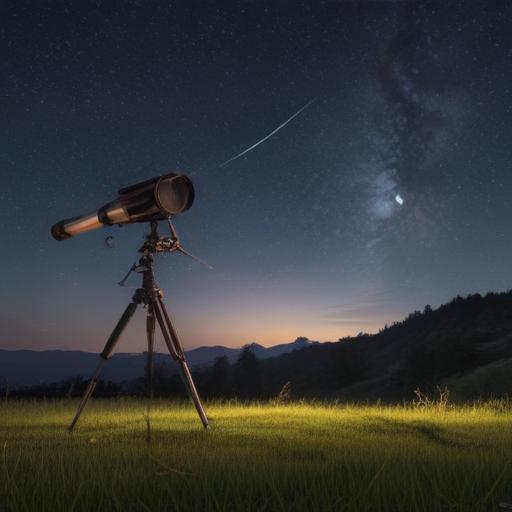The Perseid meteor shower is celebrated as one of the most spectacular celestial events each year, with its 2025 show expected to bring both excitement and challenges for stargazers. The phenomenon occurs when Earth traverses a trail of debris left by the Swift-Tuttle comet, leading to a high rate of meteors, especially around the peak nights of August 11-12 and August 12-13.
In 2025, however, observers may face a significant obstacle: a full Sturgeon Moon, which will cast bright light over the night sky during the shower’s peak. This makes it crucial for enthusiasts to plan ahead for the best possible viewing conditions. While the peak nights offer an optimal experience, a darker sky can be found earlier; from July 18 to 28, particularly around the new moon on July 24, may provide a better chance to glimpse meteors.
Timing plays a key role in maximizing one’s experience. The best viewing is after midnight and before dawn, with the peak activity typically occurring during these hours. For those looking to dodge light pollution, seeking out dark-sky locations is essential. Observers away from city lights, such as rural areas or parks, will have a clearer view. Even simple actions like turning off your house lights can enhance visibility.
Preparation is vital: giving your eyes at least 20–30 minutes to adjust to darkness before staring skyward can significantly improve your chances of seeing meteors. Watching the skies comfortably from a reclining position and keeping binoculars or telescopes at home can make the experience more enjoyable, as these tools can restrict the field of view.
To counteract the effects of moonlight in 2025, it may be beneficial to observe a bit earlier or position yourself under objects that can block this light. Group watching can make the experience even more enriching; having snacks and warm clothes will ensure a comfortable night under the stars.
While ideal conditions may lead to up to 100 meteors per hour, expectations should be tempered. The Zenithal Hourly Rate serves as a guideline for comparisons; real observations are often less abundant, so maintaining realistic expectations will enhance your enjoyment.
Overall, the Perseid meteor shower of 2025, laden with challenges, offers a chance to connect with nature and experience the wonder of the cosmos. Preparing ahead and factoring in environmental conditions can provide memorable moments beneath the night sky. Observers are encouraged to share their experiences and photographs, fostering a sense of community among fellow meteor watchers.
